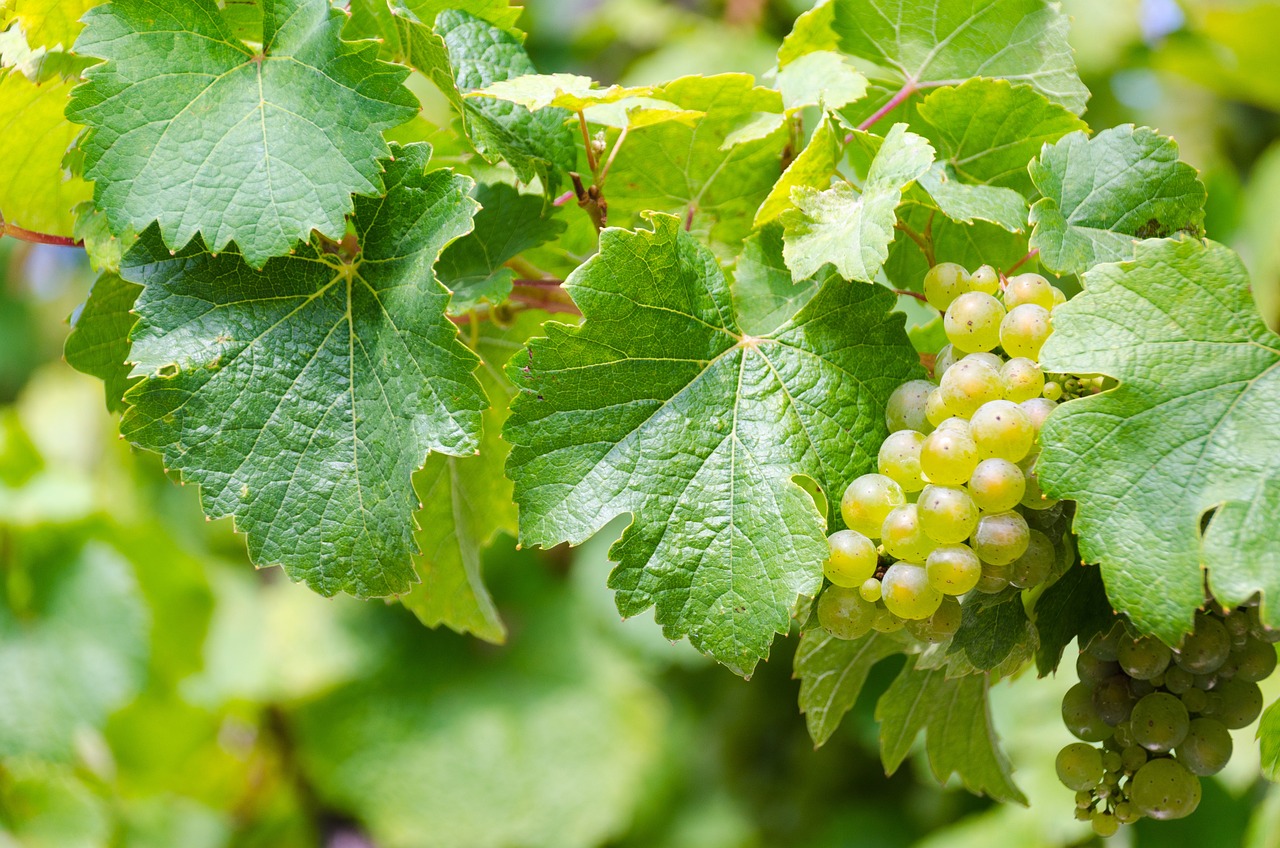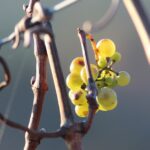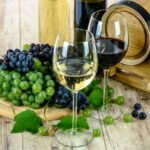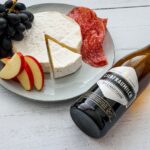
In the verdant valleys and along the sloping hills of Germany’s countryside, there thrives a grape that has come to symbolize the pinnacle of the nation’s viticultural heritage. Riesling, with its vibrant acidity and kaleidoscope of flavors, is not merely a wine; it is a narrative of place, tradition, and the ceaseless pursuit of quality that German vintners have honed over centuries. This is the tale of Riesling, the crown jewel of German viticulture.
The Historical Roots of Riesling
The journey of Riesling begins in the Middle Ages, with the first recorded mention dating back to March 13, 1435, when a German count bought six vines of Riesling. From that moment, Riesling’s roots entwined with the history of the regions that nurtured it, notably the Rhine and Mosel. The cool climate, the river-influenced terroirs, and the dedication of the monastic communities contributed to its slow but steadfast rise in prominence.
The Riesling grape’s ability to express terroir is unrivaled. The mineral-rich soils of German vineyards, ranging from the slate of the Mosel to the loess and limestone of Rheinhessen, impart distinct characteristics to the wine. This unique terroir expression has captivated wine enthusiasts for generations, making Riesling a varietal that is both a connoisseur’s delight and a window into the soul of German viticulture.
Climatic Influence and Regional Variations
Germany’s climate is challenging for grape growing, but Riesling thrives in these conditions. The country’s northerly latitude means long summer days that allow Riesling to ripen slowly, developing complex flavors while maintaining a bright acidity. This delicate balance is the hallmark of German Riesling, distinguishing it from the fuller-bodied iterations found in warmer climates.
The country’s Riesling regions each lend their voice to the chorus:
- Mosel: Renowned for its steep, slate-laden slopes, Mosel Rieslings are celebrated for their light body, piercing minerality, and stratospheric acidity.
- Rheingau: Here, the wines often present a bit more body and aromatic intensity, with a hallmark note of apricot amongst the mineral freshness.
- Pfalz: The sun-drenched wines of Pfalz can be richer, with ripe fruit flavors and a generous texture.
- Rheinhessen: This region often strikes a balance between fruit and minerality, yielding wines that are approachable yet complex.
Winemaking Process: An Artful Balance
The making of Riesling is a masterclass in precision. Harvesting the grapes at the precise moment of ripeness is crucial to preserve the natural acidity and to ensure the spectrum of sweetness levels—from bone-dry (trocken) to lusciously sweet (trockenbeerenauslese). Fermentation traditionally occurs in large oak casks or stainless-steel tanks, with the intention of letting the purity of the Riesling grape shine through.
Riesling’s versatility in sweetness levels also highlights the expertise required in its production. The interplay between sugar, acidity, and alcohol is a delicate dance that German winemakers orchestrate with each vintage. This versatility translates to a range of Riesling styles, each with its own expression and charm.
The Taste Profile of Riesling
The profile of a Riesling wine is as varied as the soils it springs from. It can unfurl notes of green apple, crisp pear, and zesty lime in its youth, while aged Rieslings offer a tapestry of honeyed apricot, almond, and a signature petrol note that connoisseurs relish. The natural acidity of Riesling makes it a wine that can age gracefully for decades, transforming in complexity and character.
Food Pairings: A Global Companion
Riesling’s food-pairing versatility is yet another feather in its cap. The wine’s spectrum of sweetness and acidity can complement a myriad of cuisines:
- Dry Riesling: A natural ally for fresh seafood, sushi, or a tangy goat cheese.
- Off-Dry Riesling: The slight sweetness balances the heat of Thai or Indian cuisine.
- Sweet Riesling: Pairs beautifully with rich, spicy foods or as a counterpoint to blue cheese.
The Global Footprint of German Riesling
While Riesling has become a global varietal, the German expression of Riesling remains unique. Germany’s commitment to quality and the varietal’s diversity have led to an international following. From the sommeliers of the finest restaurants to the shelves of local wine shops, German Riesling enjoys a revered status.
Sustainability and Innovation in Riesling Production
German winemakers are not resting on their laurels; there is a growing movement towards organic and biodynamic practices. This approach not only preserves the health of their cherished vineyards but also ensures that Riesling can continue to be a beacon of German viticulture for generations to come. Innovation also plays a role, with young winemakers experimenting with natural winemaking techniques, pushing the boundaries of Riesling’s expression.
The Cultural Significance of Riesling
Riesling is not just a wine; it is a cultural ambassador for Germany. It embodies the German values of precision, quality, and respect for nature. The wine festivals across Riesling-producing regions celebrate not only the grape but also the community and history that have cultivated it.
Preserving Tradition While Embracing the Future
The guardians of Riesling’s legacy are the German winemakers who balance reverence for tradition with a keen eye towards the future. By fostering the varietal’s inherent qualities and embracing modern demands for sustainability and innovation, they ensure that Riesling remains the crown jewel of German viticulture.
Riesling, with its storied past, complex character, and timeless appeal, continues to enchant wine lovers around the world. It stands as a testament to the dedication of German winemakers to their craft, to the unique terroir that nurtures it, and to the confluence of tradition and innovation that propels it forward. For those who seek to understand the heart of German viticulture, look no further than the exquisite bottle of Riesling, where every sip is a story told.
As the sun sets over the rolling vineyards, one thing remains clear: Riesling is more than a wine—it is a reflection of Germany’s soul, bottled and shared with the world. It is, indeed, the crown jewel of German viticulture, shimmering with the promise of every vintage and the whisper of history in every glass.
Related articles:
Liebfraumilch Wine
German Wine Label Guide
German Eiswein
German Wine Guide
Spätburgunder: Germany’s Answer to Pinot Noir
History of German Wine
Roots of German Winemaking
German Wines







